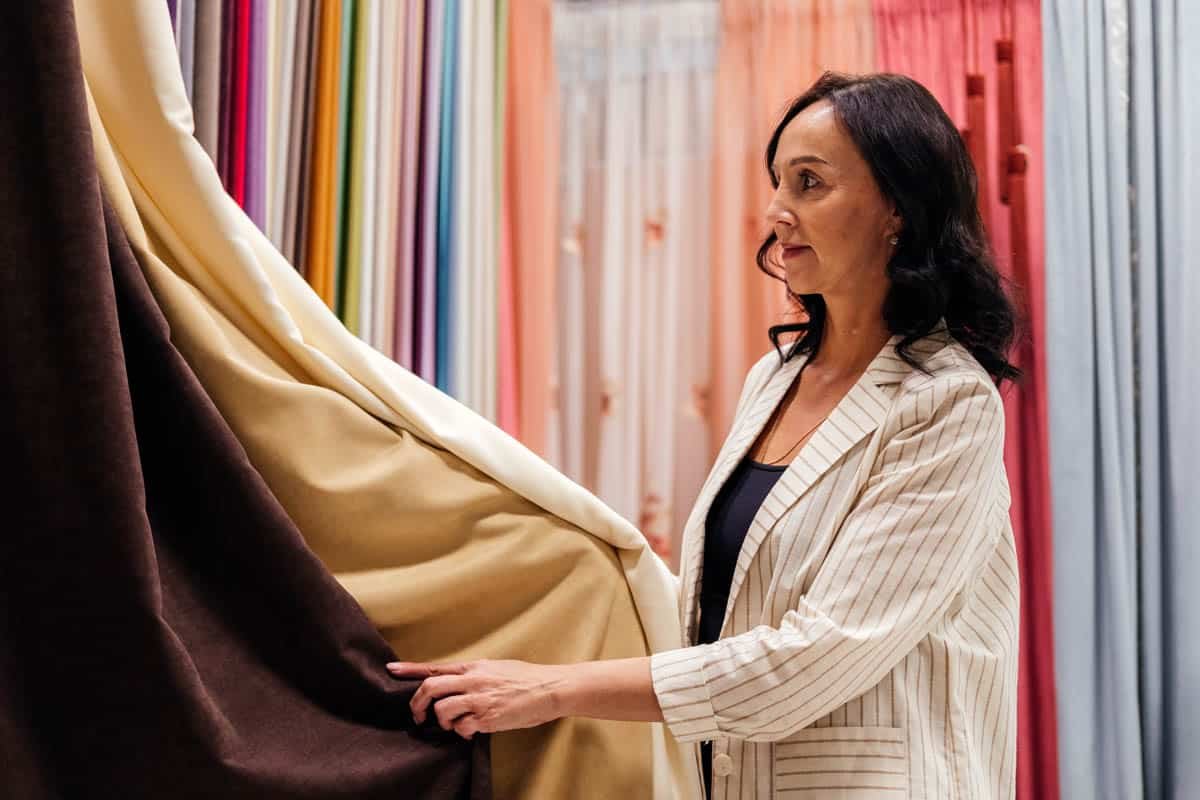Choosing the Perfect Outfit: Key Factors to Consider Before You Buy

Finding the perfect outfit is more than just picking something that looks good on the rack. To truly feel confident and comfortable in your clothes, there are several key factors to consider before you make a purchase. Whether you’re shopping for a special occasion or just adding to your everyday wardrobe, this guide will help you choose outfits that suit your style, body, and lifestyle.
1. Understand Your Body Type
The first step in choosing the perfect outfit is understanding your body type. Knowing your proportions helps you select clothes that highlight your best features and create a balanced silhouette. Whether you have an hourglass, pear, apple, rectangle, or round shape, opt for styles that complement your body rather than working against it. For example, an A-line dress can balance out a pear shape, while a wrap dress can accentuate an hourglass figure.
2. Consider the Occasion
Always keep the occasion in mind when choosing an outfit. Different events call for different levels of formality, and wearing the right outfit can make a big difference in how you’re perceived. For formal events, opt for classic, sophisticated pieces like a tailored suit or a little black dress. For casual outings, comfortable yet stylish options like jeans and a chic top are more appropriate. Understanding the dress code helps you choose an outfit that’s both suitable and stylish.
3. Focus on Fit
Fit is one of the most important factors when choosing an outfit. Even the most expensive clothes won’t look good if they don’t fit properly. Make sure the clothes you choose fit well in all the right places, and don’t be afraid to visit a tailor if needed. Clothes that are too tight or too loose can make you feel uncomfortable and self-conscious. A well-fitted outfit will not only look better but also make you feel more confident.
4. Prioritize Comfort
Style doesn’t have to come at the expense of comfort. When choosing an outfit, think about how you’ll feel wearing it for an extended period. If an outfit looks great but feels uncomfortable, you’ll likely regret your purchase. Opt for fabrics that feel good on your skin and styles that allow you to move freely. When you’re comfortable in what you’re wearing, it shows in your confidence and overall demeanor.
5. Choose Colors That Complement You
Color plays a crucial role in how an outfit looks on you. Choose colors that complement your skin tone, hair color, and eye color. Warm tones like reds, oranges, and yellows look great on people with warm undertones, while cool tones like blues, greens, and purples suit those with cool undertones. Neutrals like black, white, and gray are versatile and can be mixed and matched with almost anything.
6. Consider Versatility
When shopping for new clothes, think about how versatile each piece is. Can it be dressed up or down? Can it be paired with multiple items in your wardrobe? Versatile pieces are a great investment because they can be worn in a variety of settings and styled in different ways. A classic blazer, for example, can be worn with jeans for a casual look or over a dress for a more formal occasion.
7. Think About Your Existing Wardrobe
Before buying a new outfit, consider how it will fit into your existing wardrobe. Will it work with the clothes you already own, or will you need to buy additional pieces to make it work? Choosing outfits that complement your current wardrobe ensures that you’ll get more use out of them, saving you money and closet space in the long run.
8. Evaluate the Quality
Quality is key when choosing an outfit, especially if you want it to last. Check the fabric, stitching, and overall construction of the garment. High-quality clothes tend to last longer, look better, and feel more comfortable. While it’s tempting to go for cheaper options, investing in well-made pieces is often more cost-effective in the long term.
9. Stay True to Your Style
Fashion trends come and go, but your personal style is timeless. When choosing an outfit, make sure it aligns with your personal style. Don’t feel pressured to buy something just because it’s trendy. Instead, focus on pieces that reflect who you are and make you feel like the best version of yourself. Staying true to your style ensures that you’ll love and wear your outfit for years to come.
10. Set a Budget
Finally, it’s important to set a budget before you start shopping. Knowing how much you’re willing to spend helps you avoid impulse buys and ensures that you’re getting the best value for your money. Consider the cost per wear of each item—investing in a more expensive piece might be worth it if you’ll wear it frequently and for years to come.
Conclusion
Choosing the perfect outfit involves more than just picking something that looks good. By considering factors like your body type, the occasion, fit, comfort, and how the piece fits into your existing wardrobe, you can make smarter shopping decisions and build a wardrobe that makes you look and feel amazing. Use this guide to navigate your next shopping trip with confidence and style.
